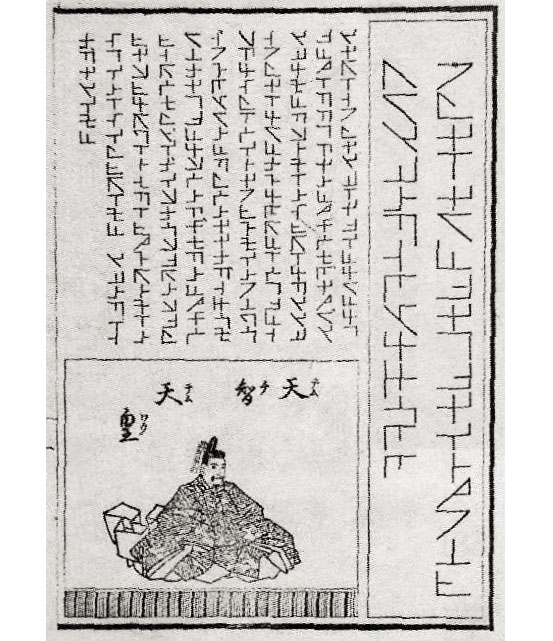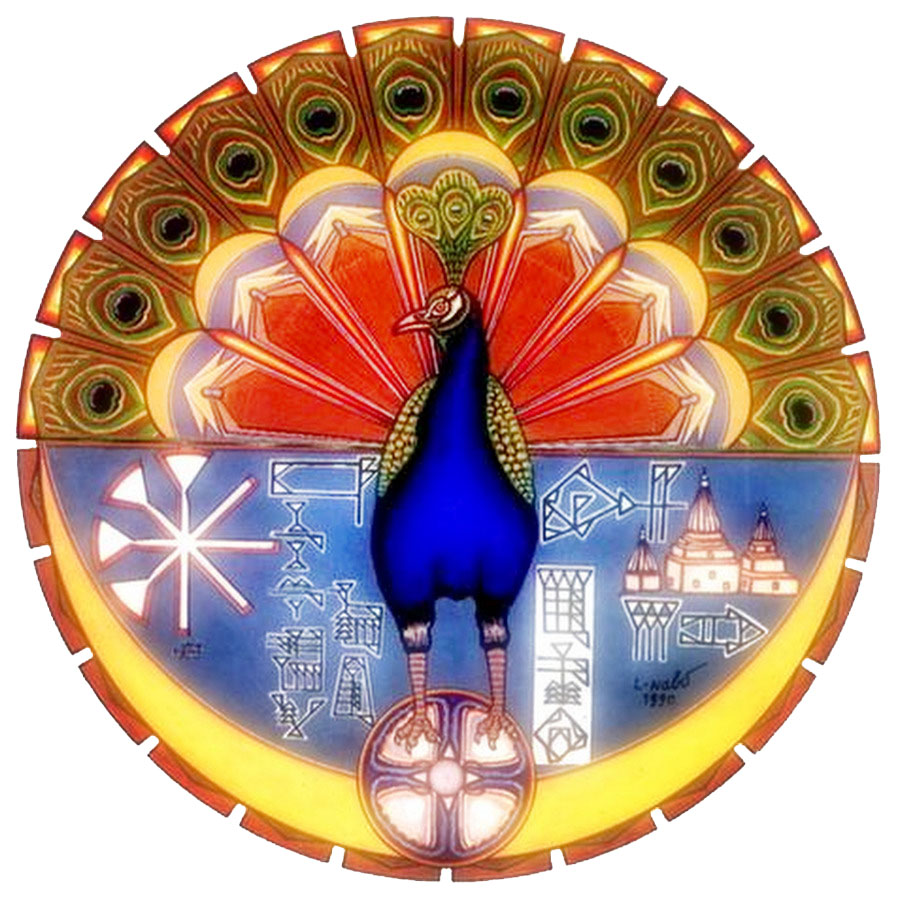
The world's ten most beautiful libraries.
1. Strahov Monastery Library, Prague.
Founded in 1143, the monastery has withstood fire & war over the years, and is notable for its magnificent frescoed ceilings. The Theological Hall is the oldest part of the library, dating from 1671.
1. Strahov Monastery Library, Prague.
Founded in 1143, the monastery has withstood fire & war over the years, and is notable for its magnificent frescoed ceilings. The Theological Hall is the oldest part of the library, dating from 1671.

2. Library of the Palácio de Mafra, near Lisbon.
Once a royal convent, its library, completed in 1730, contains over 35 000 leather-bound volumes amassed by royal commission. In 1745, the Pope granted the library a rare special dispensation to house so-called "forbidden" books.
Once a royal convent, its library, completed in 1730, contains over 35 000 leather-bound volumes amassed by royal commission. In 1745, the Pope granted the library a rare special dispensation to house so-called "forbidden" books.

3. Biblioteca Joanina, Coimbra.
This library is home to 200 000 volumes - and a colony of bats, tolerated because they eat insects that might attack the books. Each night, the displays are covered with sheets of leather, and in the morning the library is cleaned of bat guano.
This library is home to 200 000 volumes - and a colony of bats, tolerated because they eat insects that might attack the books. Each night, the displays are covered with sheets of leather, and in the morning the library is cleaned of bat guano.

4. Kremsmünster Abbey Library, Upper Austria.
The library at the still active Kremsmünster Abbey holds a large number of incunabula (books printed before the year 1501), and the Codex Millenarius, an eighth-century manuscript containing the Four Gospels.
The library at the still active Kremsmünster Abbey holds a large number of incunabula (books printed before the year 1501), and the Codex Millenarius, an eighth-century manuscript containing the Four Gospels.

5. Library of Trinity College, Dublin.
The Library of Trinity College, founded in 1592 receives nearly a million visitors a year. The big draw is the priceless Book of Kells, the greatest of all Insular Gospel books, housed within the Long Room, together with 200 000 other books.
The Library of Trinity College, founded in 1592 receives nearly a million visitors a year. The big draw is the priceless Book of Kells, the greatest of all Insular Gospel books, housed within the Long Room, together with 200 000 other books.

6. Biblioteca Palatina, Parma.
With over 700 000 volumes on its shelves, this library contains one of the oldest surviving Judaica collections in the world, a unique musical section of over 90 000 books and scores, and original letters by Galileo and Machiavelli.
With over 700 000 volumes on its shelves, this library contains one of the oldest surviving Judaica collections in the world, a unique musical section of over 90 000 books and scores, and original letters by Galileo and Machiavelli.

7. Sainte-Geneviève Library, Paris.
The vast reading room for the library, with an innovative iron frame supporting the roof, was built between 1838 and 1851 by Henri Labrouste. The library has around 2 million documents and is the principal library for the University of Paris.
The vast reading room for the library, with an innovative iron frame supporting the roof, was built between 1838 and 1851 by Henri Labrouste. The library has around 2 million documents and is the principal library for the University of Paris.

8. Archivo General de Indias, Seville.
Maps, books and documents pertaining to the Spanish colonization of the New World are housed within Seville’s Archivo de Indias. Established in 1785, the Archive was declared a UNESCO World Heritage site in 1987.
Maps, books and documents pertaining to the Spanish colonization of the New World are housed within Seville’s Archivo de Indias. Established in 1785, the Archive was declared a UNESCO World Heritage site in 1987.

9. Biblioteca del Convento de San Francisco de Asis, Lima.
Manuscripts predating the Spanish conquest are part of the 25 000 volume collection at this monastery library. A World Heritage site, the library is part of a complex that includes a basilica, monastery, and catacombs.
Manuscripts predating the Spanish conquest are part of the 25 000 volume collection at this monastery library. A World Heritage site, the library is part of a complex that includes a basilica, monastery, and catacombs.

10. Real Gabinete Português de Leitura, Rio de Janeiro.
The Royal Portuguese Reading Room, founded in 1837, is built in the sumptuous Portuguese Late Gothic style, and holds the largest collection of Portuguese literature outside Portugal.
The Royal Portuguese Reading Room, founded in 1837, is built in the sumptuous Portuguese Late Gothic style, and holds the largest collection of Portuguese literature outside Portugal.

This thread - and some of the photos - is loosely based on a typically gorgeous 2018 Taschen book that I have mentioned here before, subsequently excerpted online in various forms in the Guardian, National Geographic, Tatler and other magazines.
taschen.com/pages/en/catal…
taschen.com/pages/en/catal…
An earlier book on the same topic, which I received as an unexpected but very welcome Xmas gift a few years back from a US bookseller, is "The Library: A World History" by James W. P. Campbell.
press.uchicago.edu/ucp/books/book…
press.uchicago.edu/ucp/books/book…

• • •
Missing some Tweet in this thread? You can try to
force a refresh






















